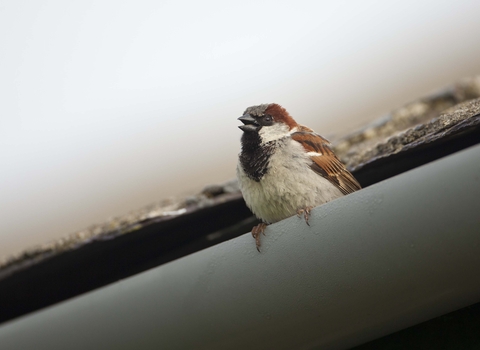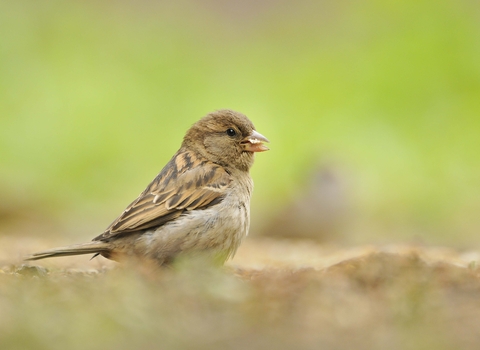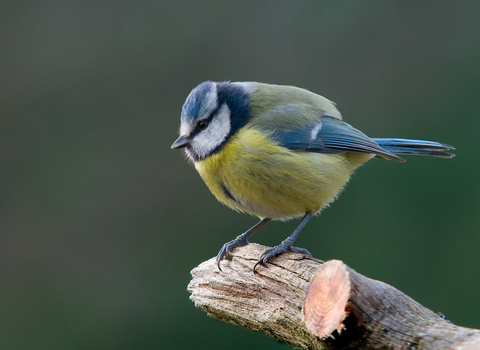
©Mark Hamblin/2020VISION

©Fergus Gill/2020VISION

House sparrow by Mark Hamblin/2020VISION
House sparrow
The house sparrow is a familiar, streaky brown bird of towns, parks and gardens. Males sport a grey cap and black bib, the size of which indicates their status.
Scientific name
Passer domesticusWhen to see
January to DecemberSpecies information
Statistics
Length: 14cmWingspan: 24cm
Weight: 34g
Average lifespan: 3 years
Conservation status
Classified in the UK as Red under the Birds of Conservation Concern 5: the Red List for Birds (2021). Priority Species under the UK Post-2010 Biodiversity Framework.
About
The house sparrow is an opportunistic bird of towns and cities, parks, gardens and farmland. House sparrows feed on a variety of foods, including buds, grains, nuts and scraps, and will visit birdtables and feeders. They live in colonies and nest in holes or crevices in buildings, among Ivy or other bushes, and in nestboxes; they use a variety of materials to make their nests. Both parents will incubate the three to five eggs and raise the young. House sparrows are residents in the UK, but may disperse from their breeding grounds to feed on nearby farmland and grassland in winter.How to identify
Male house sparrows are streaky brown above and grey below. They have chestnut wings with white wingbars, a black bib and a grey cap. Females and juveniles are a drab brown. Tree sparrows look similar to male house sparrows, but have a brown crown and a black spot on each cheek.Distribution
Widespread.Did you know?
Originally native to Europe and Asia, house sparrows have colonised every continent except Antarctica, and can be found from Buenos Aires to Alaska, New Zealand to Cape Town. They are now the most widespread birds in the world.What is a spuggy bird?
Spuggy and spadger are alternative names for our sparrows often used in the North East.

